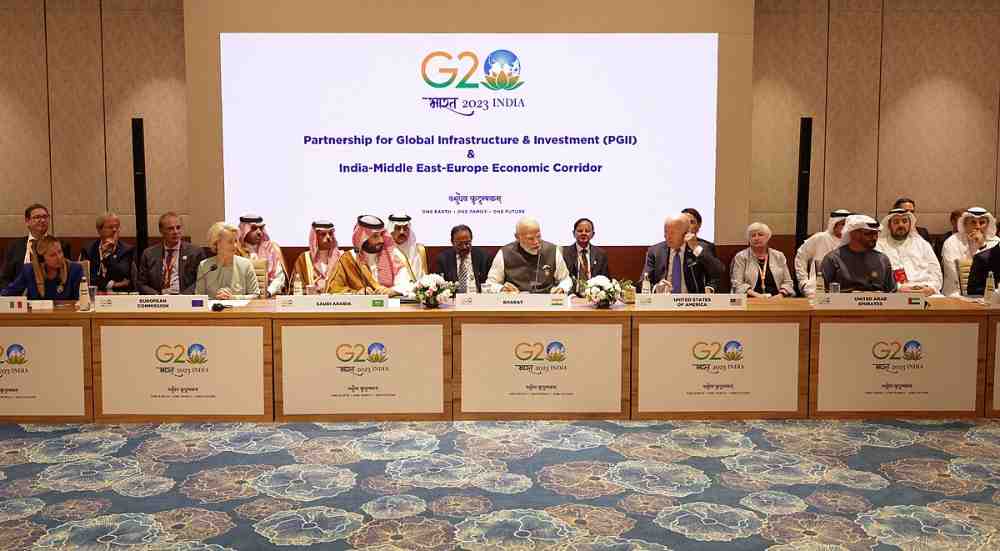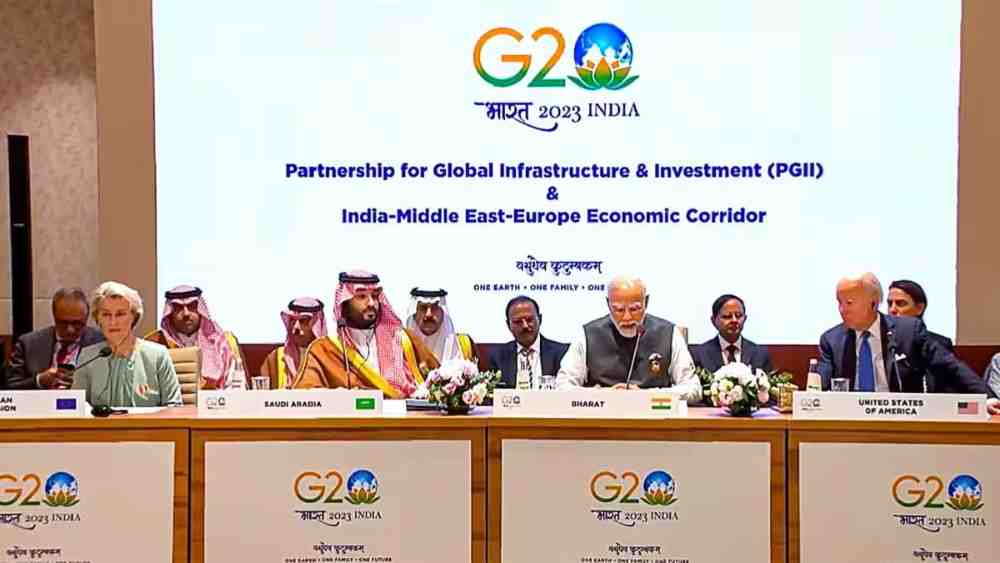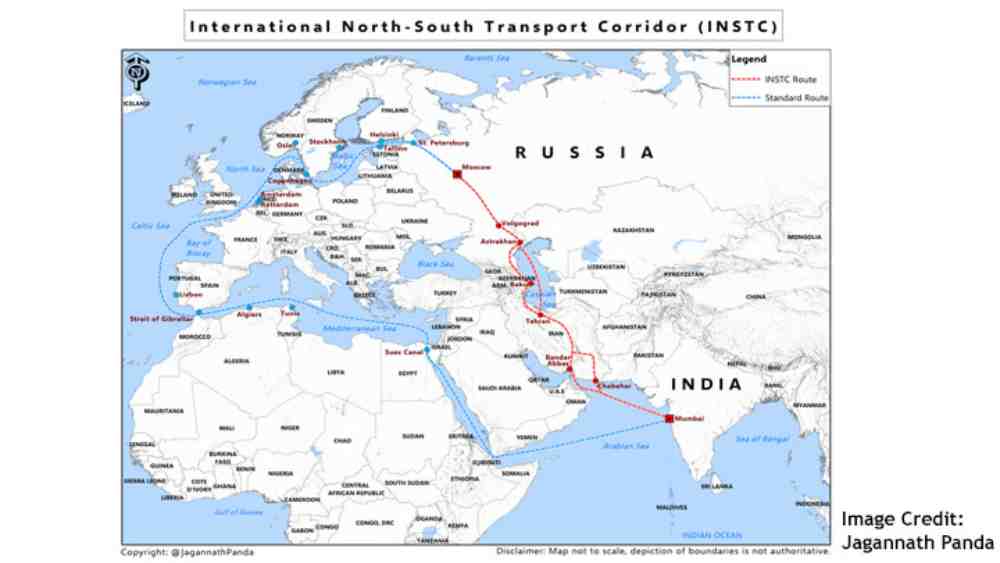The India-Middle East-Europe Economic Corridor (IMEC) made headlines during the recent G20 summit in New Delhi, where it was unveiled as a landmark initiative. This ambitious project promises to revitalize key railway and port infrastructure in India, opening doors for companies like Ircon International, Rail Vikas Nigam Ltd (RVNL), Larsen & Toubro (L&T), Tata Projects, and GMR. Additionally, ports along India’s western coast, such as Jawaharlal Nehru Port Trust (Navi Mumbai), Deendayal Port Authority (Kandla), Mundra Port (owned by the Adani group), and Pipavav Port (owned by APM Terminals), stand to reap substantial benefits from the IMEC. This article explores the potential impact of the IMEC on India’s infrastructure and trade, as well as the opportunities it presents to various stakeholders.
A Boost to India’s Energy Security

One of the most significant advantages of the IMEC for India is its potential to enhance energy security. India heavily relies on West Asia for its crude oil imports, and the IMEC aims to diversify energy sources. The project comprises both an eastern corridor connecting India to the Gulf region and a northern corridor connecting the Gulf region to Europe. This network includes railways, ship-rail transit, and road transport routes linking India, the UAE, Saudi Arabia, Israel, and Europe. By reducing dependence on a single region for energy imports, the IMEC adds a layer of security to India’s energy needs.
Stocks Soar as Investors Take Note
The announcement of the IMEC has already had a tangible impact on the stock market. Railway infrastructure companies like Ircon International and RVNL witnessed significant increases in their stock values, with Ircon International up by 20 percent. Additionally, Indian Railways’ funding arm, IRFC, experienced a 10 percent surge in stock prices on the National Stock Exchange. Furthermore, suppliers such as Jindal Steel and Power (JSPL) and Steel Authority of India (SAIL) may also benefit if Indian firms are given preference for sourcing materials and expertise.
India’s Expertise in Infrastructure

While formal agreements for railway line construction have not yet been signed, Indian companies have an edge due to their experience in handling large rail infrastructure projects, including dedicated freight corridors (DFCs). India has previously collaborated with Japan on mega projects like DFCs and high-speed rail, showcasing its capabilities in this domain. Given that the IMEC is considered a response to China’s Belt and Road Initiative, India stands a good chance of securing a significant portion of the project, which would be advantageous for companies like Ircon and RVNL. Private sector players like L&T, Tata Projects, and GMR may also reap rewards from this endeavor.
International Projects and Revenue
Ircon International, for instance, is already involved in executing projects in countries such as Bangladesh, Algeria, Sri Lanka, Nepal, and Myanmar. In the fiscal year 2022-23, international projects contributed Rs 411.84 crore, accounting for 4.15 percent of its total revenue. The exact scale of rail projects under the IMEC remains uncertain, as some countries already have rail connections, and the primary goal is to bridge the missing links to functional ports.
IMEC: A Shift from INSTC

The IMEC is also viewed as India’s strategy to move away from the International North South Transport Corridor (INSTC), which aimed to establish direct connectivity with central Asia, Russia, and Europe but made slow progress. While discussions continue regarding a long-term agreement for Iran’s Chabahar Port, the INSTC’s fate remains uncertain. However, experts believe that the IMEC is more likely to succeed due to its unique features.
Optimism Surrounding IMEC

IMEC’s prospects appear promising due to several factors. Unlike the INSTC, the IMEC enjoys broader support from major economic powers like the United States and European countries. This coalition brings greater financial and logistical resources to address infrastructure and connectivity challenges. IMEC’s dual-corridor approach, focusing on both railways and infrastructure enhancements, promises a more resilient and reliable supply chain, addressing concerns of the private sector. Additionally, IMEC aligns with global trends and goals for economic efficiency and environmental sustainability, making it attractive to public and private sector stakeholders, including shipping companies and businesses.
In conclusion, the India-Middle East-Europe Economic Corridor is poised to transform India’s infrastructure landscape and strengthen its trade relationships. As stakeholders gear up for the opportunities ahead, the IMEC stands as a testament to India’s commitment to regional connectivity and economic growth.
